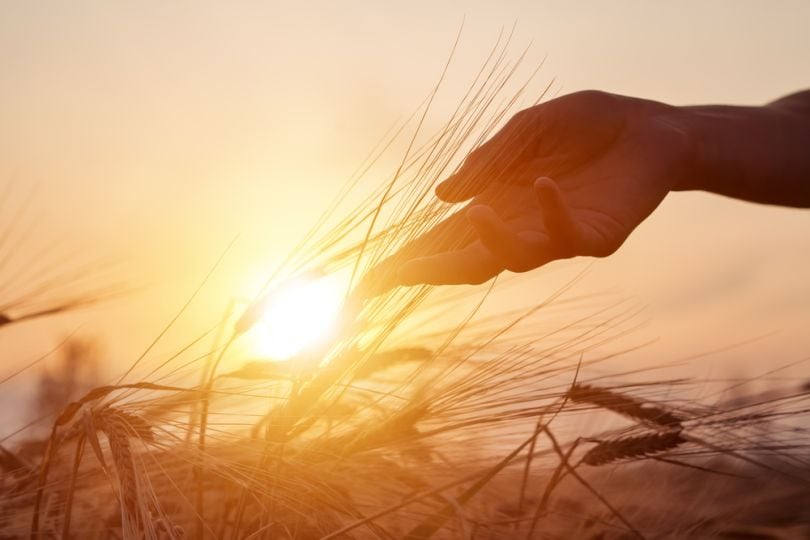
According to the Food Aid Foundation, 795 million people in the world do not have enough food to lead a healthy active life. In other words, about one in nine people on earth are affected by hunger.
Cornell Chronicle reports that the U.S. Agency for International Development has awarded a $1 million grant to a group of researchers from the university who aim to explore how agricultural and food market analysis via machine learning can predict poverty and address undernutrition.
While machine learning is typically seen as costly due to the amount of data needed, keeping the tool as affordable as possible is of utmost importance to the team behind this method.
“A method that can use near real-time, low-cost or freely available remotely sensed data can speed up the delivery of this information, and sharply reduce the cost,” explained Chris Barrett, the Stephen B. and Janice G. Ashley Professor of Applied Economics and Management in the Charles H. Dyson School of Applied Economics and Management, and research lead. “If you are a humanitarian organization trying to really target your resources at the poorest rural areas, this seems a powerful diagnostic tool.”
Their method leverages open-source, freely available satellite data to measure solar-induced chlorophyll fluorescence (SIF), which is emitted from plants during photosynthesis, in order to gauge agricultural productivity. In addition to SIF, their tool also uses data on food prices as well as land-surface temperature to assess crop stress.
"Our hope is that this higher predictive power will allow interventions to be closer to real time."
“We have some really big data that’s too complex to use directly, so we apply machine learning methods to extract important features. These features may be smaller in number but have higher predictive value than the surveys,” David Matteson, associate professor of statistical science in Computing and Information Science and the School of Industrial and Labor Relations, told the Cornell Chronicle. “Our hope is that this higher predictive power will allow interventions to be closer to real time.”
These agricultural metrics take on particular significance in farming-dependent economies often found in poor, rural regions. Areas facing droughts, floods or crop failures are at-risk for hunger so being able to identify these crises more quickly helps organization direct aid more effectively.
The machine learning approach is an alternative to pricey, inefficient government- and NGO-administered household surveys that do not offer real-time data. Time is particularly of the essence for expecting mothers who need aid most since nutritional stress can have a long-term negative impact on families.
Ultimately, when the model is ready for the field, the researchers intend to train government and aid organizations that can benefit from the tool.



